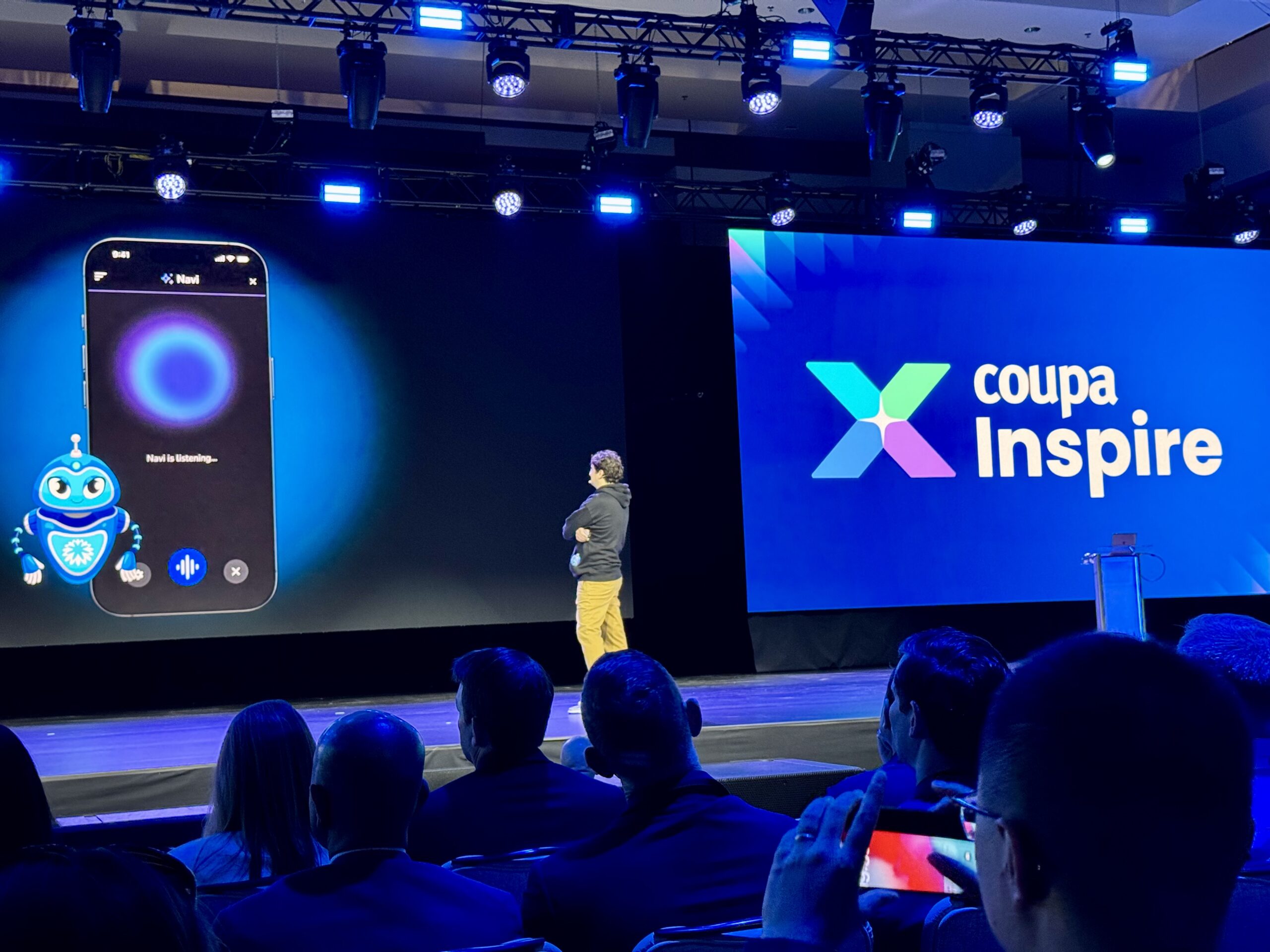People + AI: Augmenting the Supply Chain Workforce
As artificial intelligence (AI) becomes more integrated into supply chains, companies are focusing on how it can support human workers. Most effective AI implementations today are designed to improve decision-making, reduce routine tasks, and increase operational efficiency through human-in-the-loop systems and decision support tools. This article outlines how organizations like Amazon, Walmart, and Toyota are […] The post People + AI: Augmenting the Supply Chain Workforce appeared first on Logistics Viewpoints.



As artificial intelligence (AI) becomes more integrated into supply chains, companies are focusing on how it can support human workers. Most effective AI implementations today are designed to improve decision-making, reduce routine tasks, and increase operational efficiency through human-in-the-loop systems and decision support tools.
This article outlines how organizations like Amazon, Walmart, and Toyota are using AI to assist their workforce, and it identifies key steps for ensuring successful adoption.
Human-in-the-Loop Systems: AI as a Support Layer
In supply chain operations, AI is rarely deployed to act independently. Instead, it provides recommendations that people review and act on. This is known as a human-in-the-loop (HITL) model.
For example, Amazon uses AI to optimize delivery logistics. During the 2024 holiday season, it reduced unnecessary package movement and shortened delivery distances by leveraging AI to strategically position inventory closer to customer locations. Warehouse and transportation staff still manage fulfillment decisions, but AI provides improved visibility and supports faster planning.
In this HITL model, warehouse employees, dispatchers, and planners remain responsible for reviewing system recommendations. The AI contributes by identifying patterns and recommending changes based on real-time data, but decisions remain with people.
Decision Support and AI Copilots in Retail
AI is also being used in decision support systems that help employees respond more effectively to demand shifts and operational risks.
Walmart has implemented AI to enhance inventory forecasting. By analyzing historical data, local shopping patterns, and external signals like weather, its systems recommend changes to inventory mix and replenishment. Store and warehouse staff then use this information to make restocking decisions.
These tools help employees act more efficiently but do not eliminate their involvement. The AI acts as a copilot, improving responsiveness without automating the entire process.
Workforce Enablement: Toyota’s Internal AI Tools
Toyota has taken a different approach by enabling its factory workers to develop AI tools themselves. Using a platform built on Google Cloud’s infrastructure, Toyota employees can build and deploy machine learning models to monitor equipment performance, reduce downtime, and improve quality control.
This approach has reduced manual labor and helped teams resolve local operational issues without external support. Toyota estimates that the initiative saves more than 10,000 hours of labor annually.
Toyota’s model shows how organizations can train operational staff to work directly with AI tools. Rather than relying only on central IT teams, this approach enables domain experts to create targeted solutions for their own areas.
Adoption Challenges and How to Address Them
Despite growing interest in AI, adoption can face internal resistance. Common concerns include job displacement, lack of clarity about how AI works, and fear of making mistakes based on algorithmic recommendations.
To address these challenges:
- Position AI as a support tool: Make it clear that AI is intended to assist workers, not replace them.
- Provide relevant training: Train staff to understand what AI is doing, how to use its output, and when to intervene.
- Ensure transparency: Use AI systems that explain their reasoning or show the data behind their recommendations.
- Start with small-scale pilots: Demonstrate value in limited use cases before expanding across the organization.
Amazon, Walmart, and Toyota each took different approaches to adoption, but all emphasized transparency, training, and control. These are essential to building trust and ensuring that new systems are used effectively.
The Role of Leadership
Executive support is necessary to scale AI across a supply chain. Leaders need to ensure that AI deployments align with business goals and that staff are prepared to work with new tools.
Key actions include:
- Setting clear expectations about the purpose of AI.
- Investing in training and support.
- Measuring both system performance and user engagement.
- Encouraging collaboration between data teams and operational units.
Without leadership alignment, even well-designed AI systems are unlikely to achieve sustained use.
Evolving Roles and Responsibilities
As AI becomes more common in supply chain operations, job roles will change. Many repetitive tasks, such as manual data entry and static forecasting, can be handled by software. At the same time, new responsibilities are emerging—such as validating AI outputs, handling exceptions, and interpreting recommendations in context.
In all three examples—Amazon’s logistics AI, Walmart’s inventory systems, and Toyota’s factory platforms—people remain essential. AI is being used to improve accuracy and speed, but responsibility for outcomes still rests with human teams.
AI in the supply chain is not about full automation. It’s about equipping people with tools that help them work more effectively. Companies that approach AI with a focus on workforce support—through human-in-the-loop systems, decision support tools, and accessible platforms—are seeing tangible benefits in speed, accuracy, and productivity.
Organizations considering AI adoption should focus on transparency, training, and alignment with operational workflows. The examples from Amazon, Walmart, and Toyota show that when AI is implemented with the workforce in mind, it becomes a practical tool for improving supply chain performance.
The post People + AI: Augmenting the Supply Chain Workforce appeared first on Logistics Viewpoints.
























































































































































